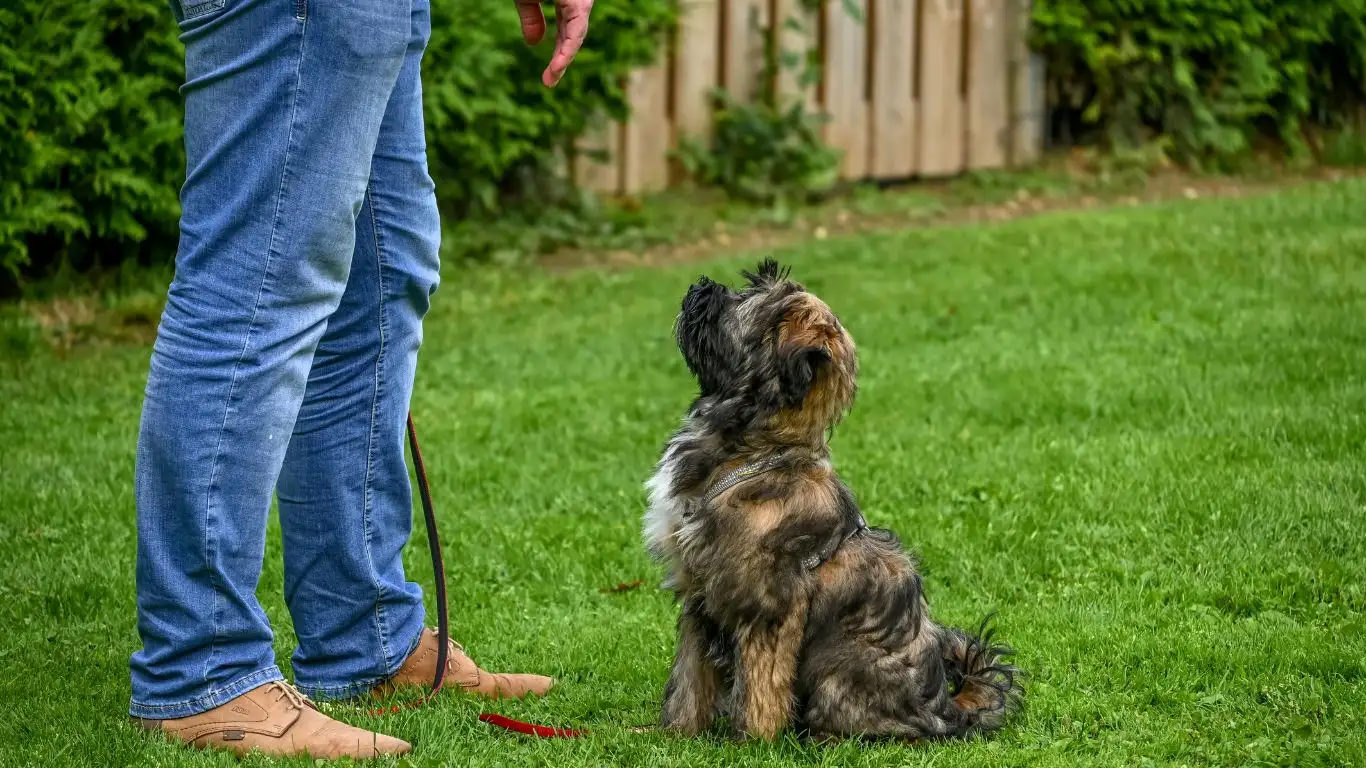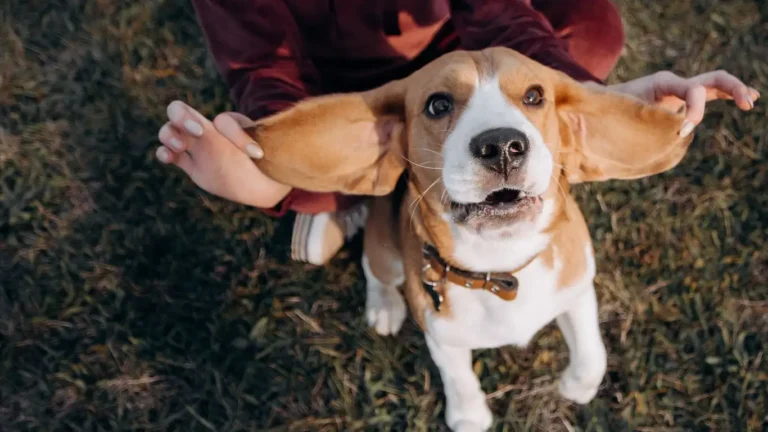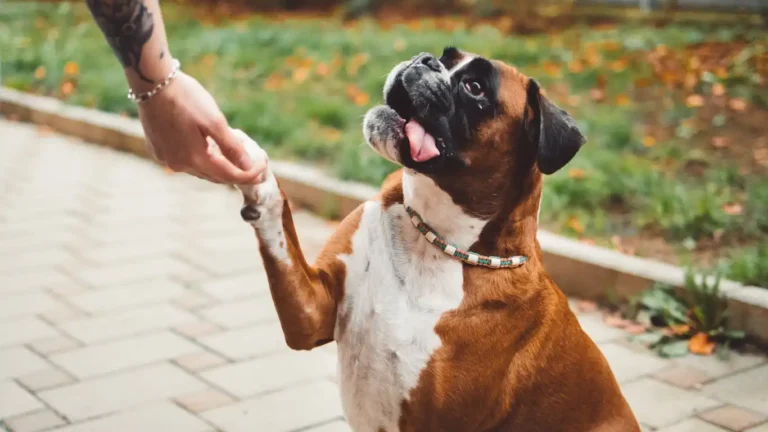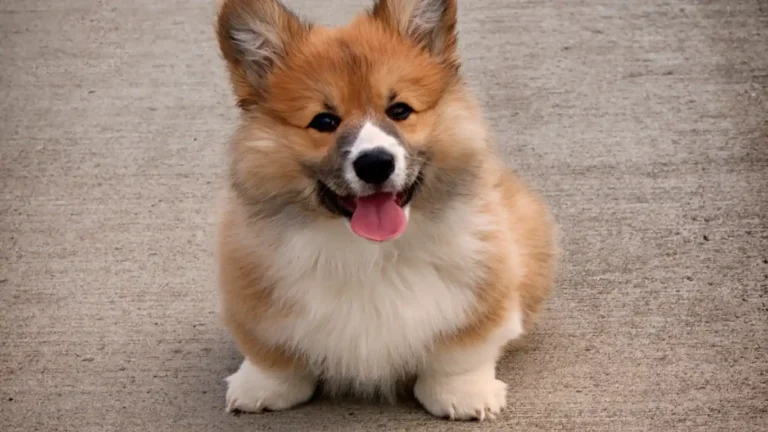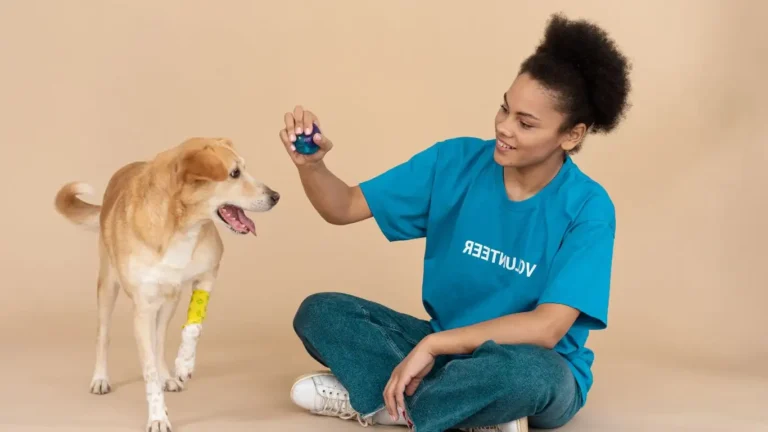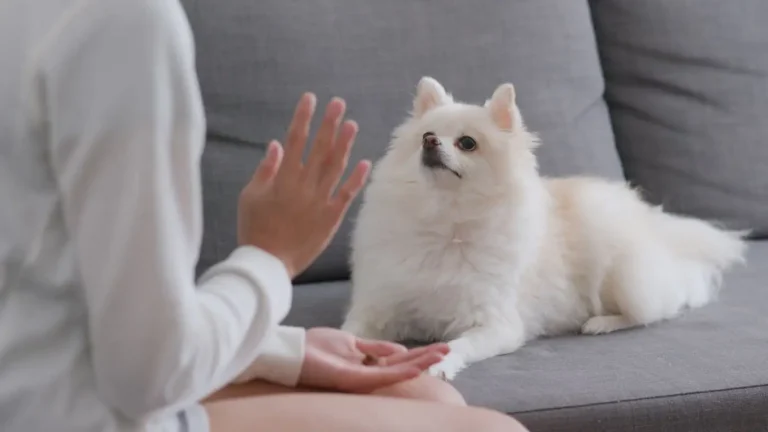Master the Art: How to Train a Dog to Accept a New Dog in the Home
Bringing a new dog into your home when you already have a resident pup can feel a little like introducing a new roommate — one with fur, boundless energy, and no concept of personal space. If you’ve ever wondered how to train a dog to accept a new dog in the home, you’re not alone. I’ve been there countless times as a Canine-Assisted Therapy Trainer, guiding pet parents through these sometimes wobbly first introductions. It’s not just about managing behavior — it’s about reading subtle cues, establishing trust, and setting both dogs up for success from the get-go.
Understanding Your Resident Dog’s Mindset
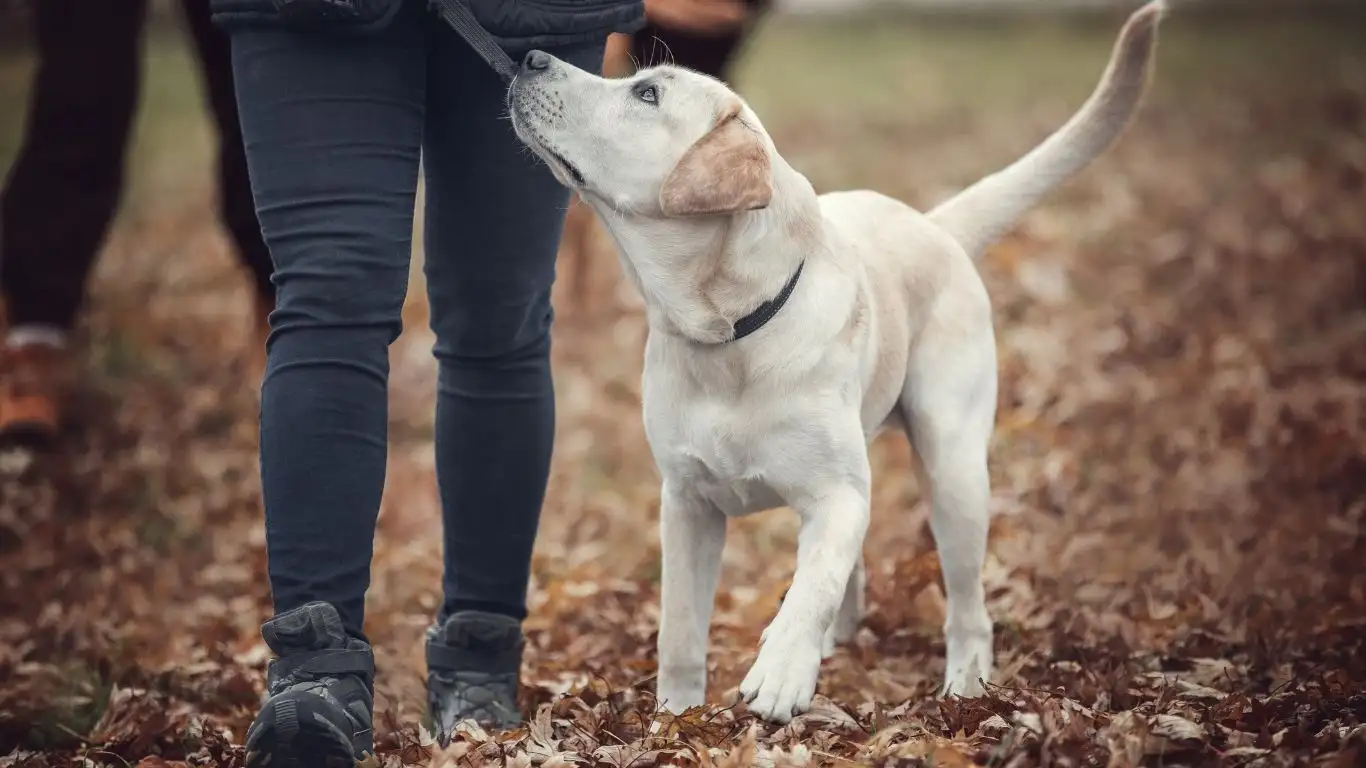
Before you even bring a new pup into the home, it’s essential to understand where your current dog stands emotionally. Dogs, just like us, are creatures of habit. They’ve developed a sense of territory and routine — and another dog waltzing in can feel like a major disruption.
In my work, I’ve seen everything from over-the-moon excitement to full-on side-eye jealousy. One lab mix I worked with, Sadie, went from being the only dog in a calm household to having to share her humans and space with a spunky little terrier. Let’s just say, she wasn’t thrilled — at least not at first. But with structure, patience, and a plan, we got there.
Signs Your Dog Might Need Extra Support
- Growling or stiff body language when near other dogs
- Guarding toys, food, or even people
- Overexcitement that turns into rough play
- Withdrawal — avoiding the new dog altogether
If you’re noticing any of these, don’t panic. It just means your dog will need a bit more help during the transition.
Setting the Stage Before the First Meeting

One mistake I see all the time? Bringing the new dog home and letting them loose inside together right away. Yikes. That’s like tossing two strangers into a tight elevator and expecting them to bond instantly. A bit of prep goes a long way here.
Neutral Territory is Gold
Arrange for the dogs to meet somewhere neutral — a park, a quiet trail, or even a friend’s yard if possible. Keep both dogs on leashes but relaxed. Walk them parallel with a bit of distance between, then slowly decrease that space. Let them sniff, observe, and decide their comfort level. Think of it as a doggy first date with a chaperone.
Bring the Scent Home First
Here’s a trick I use all the time: swap bedding or blankets between the two dogs before they ever meet face-to-face. That way, the smells become familiar before the physical presence. Dogs rely on scent as much as, if not more than, sight. Let the scent do some of the heavy lifting for you.
Prepare Your Home Like a Peace Ambassador
- Remove high-value toys and food bowls before the first in-home intro
- Set up separate areas with crates, beds, or gates
- Have treats on hand (lots!) to reinforce calm behavior
Pro Tip: Don’t force interaction. Some dogs want to jump right in, while others prefer to take their time. Both approaches are totally okay.
First Day Home: The Calm Welcome Strategy
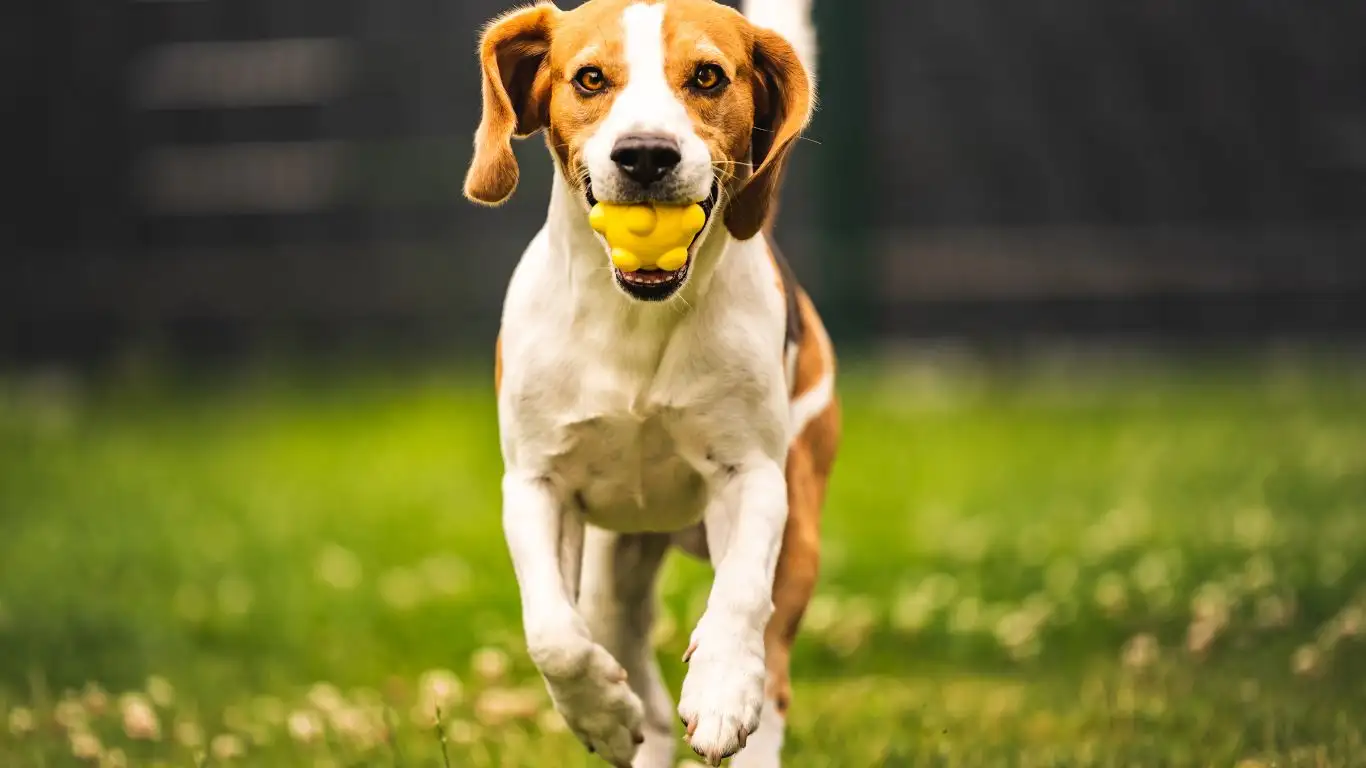
The moment your new dog steps paw in the house, keep everything calm and low-key. Avoid any big welcomes, high-pitched squeals, or overwhelming energy. This isn’t the time for a family reunion vibe — it’s more like the “getting to know you” phase.
Parallel Living
For the first 24–48 hours, I recommend keeping the dogs in the same room but separated by a gate or crate setup. This allows them to see and smell each other without the pressure of direct contact. Think of it as passive bonding — they’re watching, learning, and slowly easing into each other’s presence.
Short, Positive Interactions
When you do start letting them interact freely, keep sessions short and end them on a high note. If things are going well — tails wagging, relaxed postures, play bows — that’s your green light. If there’s tension, redirect with a treat or a short walk. Avoid scolding or sudden discipline during intros. You want them to associate each other with good things, not corrections.
Every dog I’ve trained through this process had their own quirks. Some needed a few hours to settle in, others took weeks to fully adjust. One particularly sensitive rescue dog I worked with took almost a month before she initiated play with her new sibling. But when it happened? Pure magic. Patience really is the name of the game.
Supervising Play and Early Interactions

So you’ve made it through the first introductions — huge win! Now comes the part that requires a steady mix of patience and vigilance: early playtime. I always remind clients that the way dogs play tells you a *lot* about how they’re feeling, even if things look a little wild on the surface.
Play is loud. It’s teethy. There’s chasing, body slams, and sometimes even growls that would make a newbie nervous. But here’s the key — it’s all about *body language*. Are tails up and wagging? Are the dogs taking breaks or switching roles? If yes, you’re likely watching a healthy interaction.
Red Flags to Watch For
- One dog constantly pinning or overpowering the other
- Freezing — a stiff, motionless posture is never a good sign
- Escalating growls, snarls, or raised hackles
- No breaks — if one dog keeps trying to disengage and the other won’t allow it
My rule of thumb: if you’re not sure whether it’s play or aggression, calmly interrupt and separate them. Better to reset than to let things spiral.
Structured Play Sessions
I like to schedule “play breaks” instead of letting dogs go at it endlessly. Start with 5–10 minute sessions, then guide them apart with treats or redirect them with a short walk or puzzle toy. This helps keep arousal levels in check and reinforces that you’re in control of the situation.
Feeding Time Without the Drama
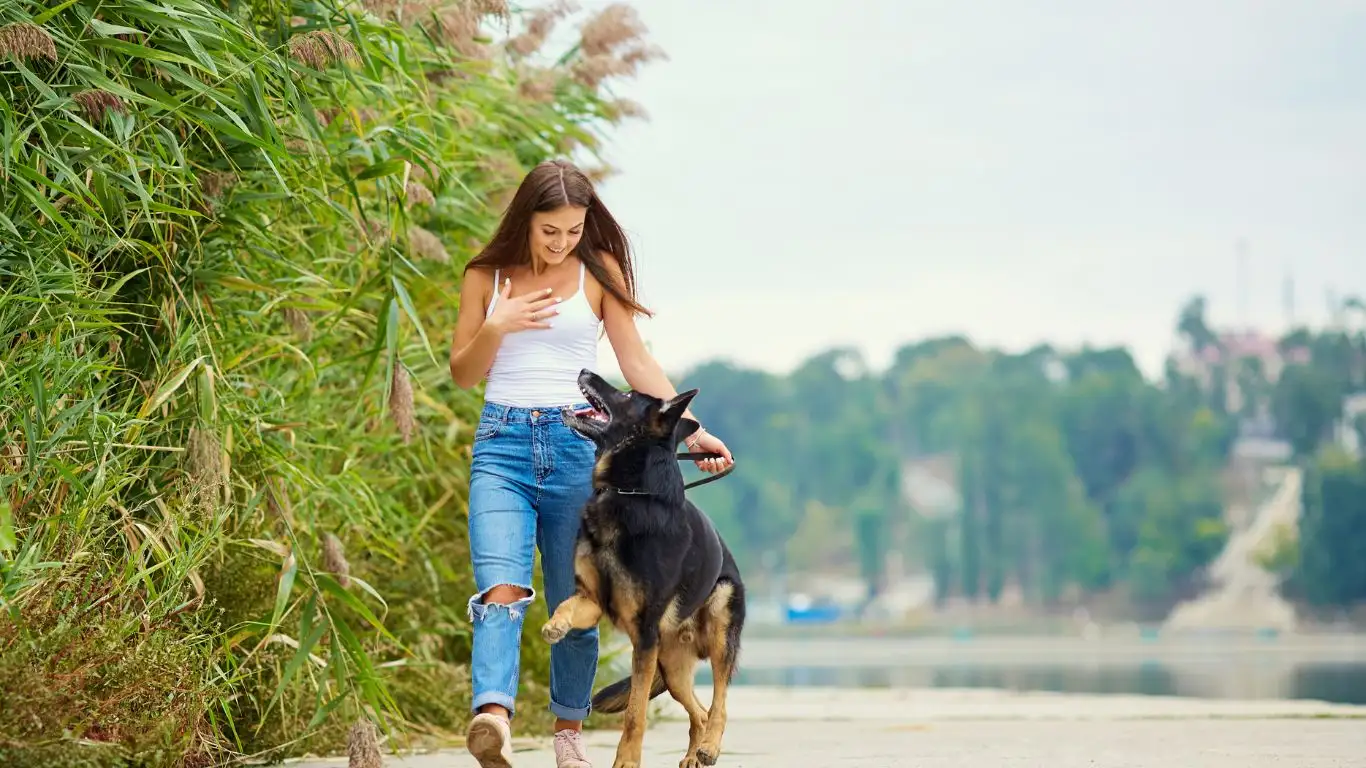
This is one of the most common sources of tension when adding a new dog to the household. Mealtime can bring out resource guarding — even in dogs who’ve never shown that behavior before. After all, food is high value, and a new dog might feel like competition.
Separate Feeding Stations
- Feed each dog in their own zone — completely separate rooms, if possible
- Use baby gates or crates to ensure peace and safety
- Pick up bowls immediately after meals (don’t leave food out!)
Over time, some dogs can graduate to eating in the same room calmly, but start off with space and structure. One of my past therapy dogs, Baxter, was the chillest boy… until his bowl came out. He didn’t growl or snap, but his entire posture changed around food. Giving him his own feeding nook made a world of difference.
Treat Training Etiquette
During training sessions or snack time, reinforce a “wait your turn” system. I keep treats in both hands and make sure both dogs are engaged but patient. This also prevents snatching and teaches impulse control — a vital skill when two dogs are coexisting.
Establishing a Pack Routine
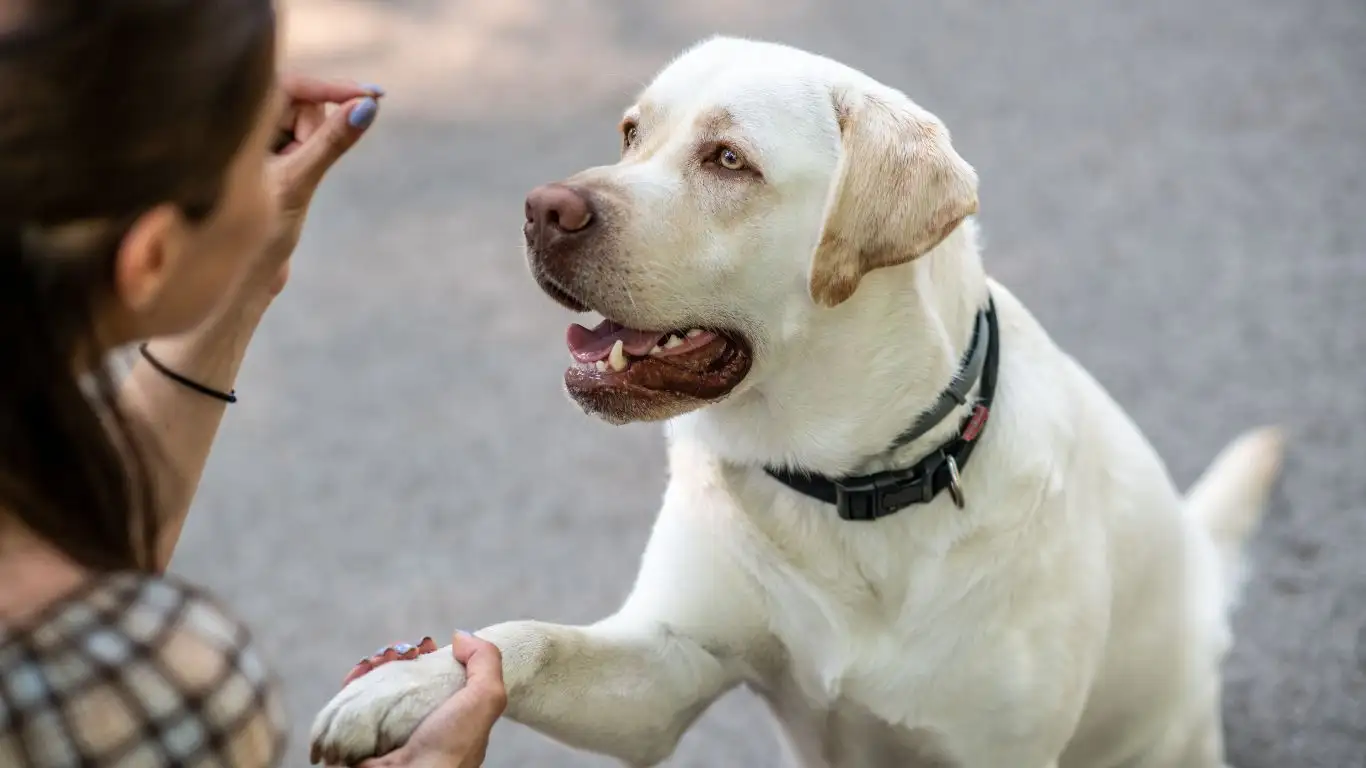
Dogs thrive on routine — and this becomes even more important when you’re building harmony between two canines. I always tell my clients, “Dogs don’t need identical treatment, they need fair and consistent structure.” They notice who gets what, and when.
Walk Together, Bond Together
Daily walks as a duo (once they’re ready for it) are one of the best ways to strengthen their bond. Side-by-side movement in sync actually taps into dogs’ pack instincts. Keep leashes short but loose, and avoid letting one dog pull far ahead. I’ve seen anxious pairs transform after just a week of structured tandem walks.
Daily Routine Tips
- Wake-up, potty breaks, feeding, and rest should follow a predictable schedule
- Include solo time for each dog to prevent clinginess or competition
- Rotate toys or interactive games to keep things fresh and balanced
It’s not about micromanaging their every move, but giving them a rhythm to settle into. The more predictable their day, the less likely they are to see each other as rivals.
Dealing with Setbacks (Because They Happen)
Even the smoothest transitions hit speed bumps. There might be a sudden snap over a toy, or one dog might regress a bit when they’re not feeling secure. It’s totally normal, and it doesn’t mean you’ve failed.
One particularly memorable case involved a shepherd mix named Indie, who was doing great with her new sibling for two weeks — until a thunderstorm spooked her, and she redirected that anxiety at the new guy. We took a few steps back: separate sleeping areas, calmer training sessions, and gentle confidence building. Within days, the peace was restored.
How to Bounce Back
- Don’t scold after a spat. Separate calmly and assess the situation after everyone’s cooled off.
- Revisit boundaries. Go back to more structured time apart or guided play.
- Track patterns. Is the conflict happening at specific times or around certain triggers?
Dogs are dynamic — just like us. Their moods change, their comfort levels evolve, and sometimes they need a little extra help navigating a new chapter. That’s why learning how to train a dog to accept a new dog in the home isn’t about a one-size-fits-all checklist — it’s about reading the dogs in front of you and making thoughtful, loving adjustments along the way.
Strengthening the Bond Between Your Dogs
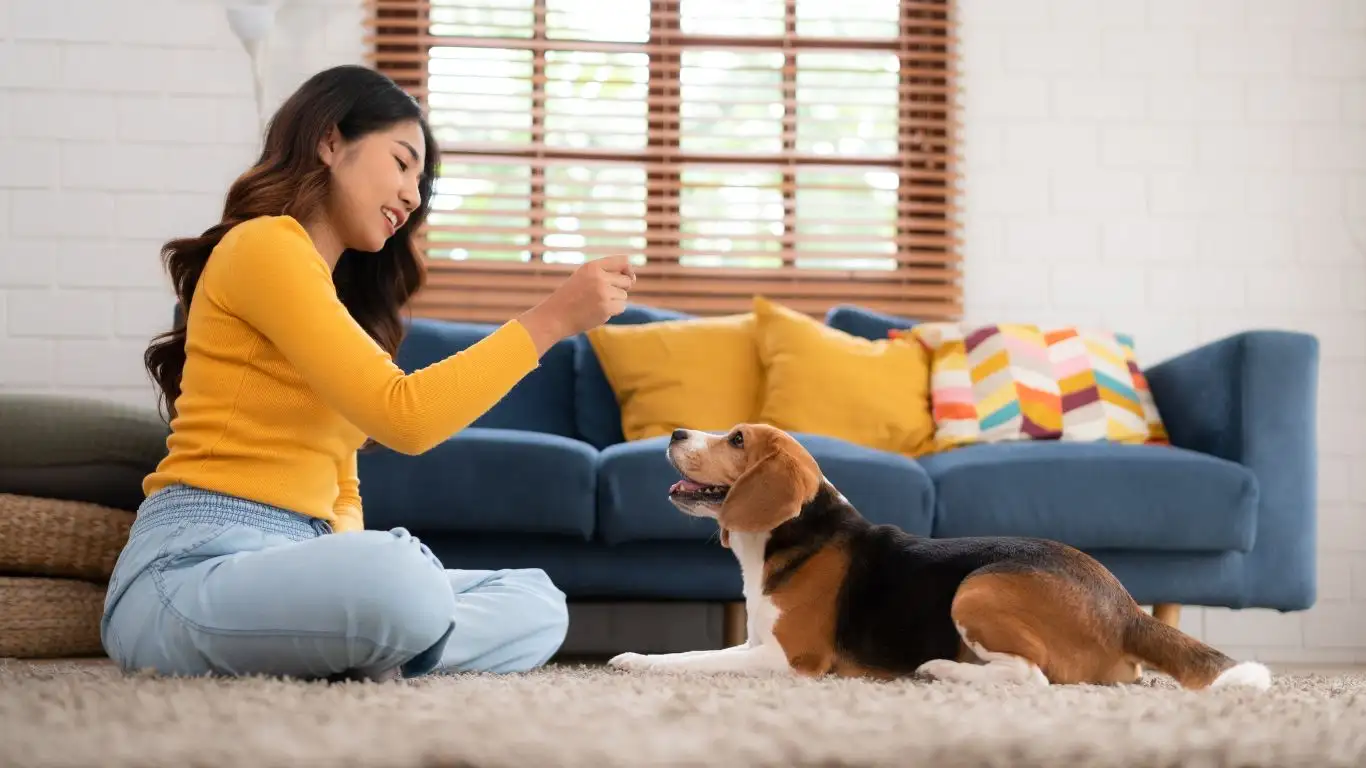
Alright, you’ve made it through the first few weeks. The introductions are behind you, routines are in place, and now you’re seeing signs that your dogs are not just tolerating each other — they’re beginning to bond. That’s a huge milestone! This phase is all about reinforcing that relationship so it continues to grow in a healthy, respectful way.
In my experience, the dogs who bond the strongest are the ones who’ve had shared experiences — both structured and spontaneous. Think beyond the basics. It’s not just about coexisting anymore; it’s about building a team dynamic between them.
Encourage Cooperative Activities
- Leash walks together, where they stay on the same side and pace
- Working on obedience cues side-by-side (sit, down, stay)
- Hide-and-seek games with treats or toys where they take turns
I once trained a golden retriever and a rescue husky who didn’t seem like they’d ever click. But once we started doing search games in the backyard — each dog taking turns finding treats — something shifted. They stopped competing and started rooting for each other. It was honestly kind of magical to witness.
Monitor Affection Dynamics
One dog might be super cuddly, the other more independent. That’s okay — but make sure neither feels left out. Dogs can get jealous, even if they don’t show it obviously. Spend one-on-one time with each of them, and also cuddle or relax together as a group when everyone’s calm.
Long-Term Success Tips for a Multi-Dog Household
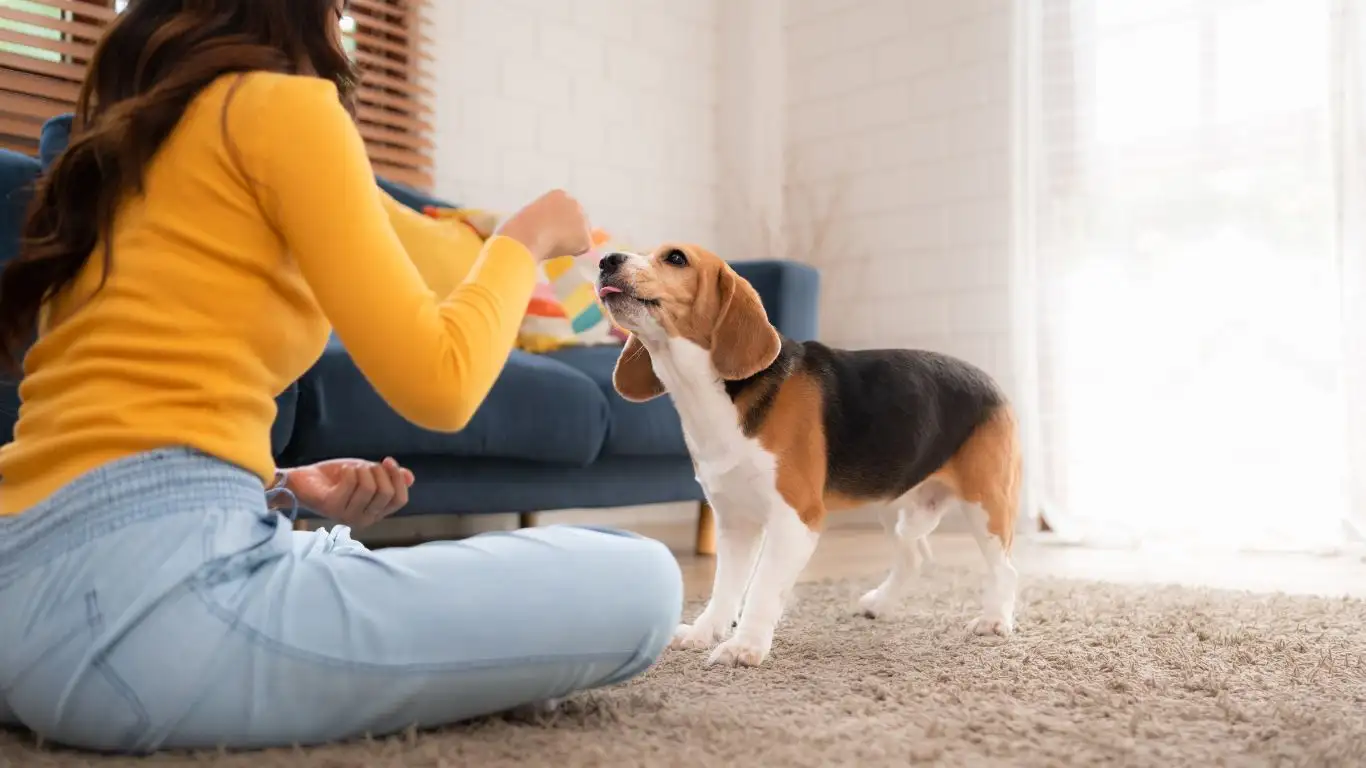
Having multiple dogs is incredibly rewarding, but it also means staying on top of your leadership role. Dogs look to us for guidance, structure, and reassurance — especially when things get chaotic or stressful. Think of yourself as the calm in their storm, the anchor in their energy.
Keep Training Fresh
Even once your dogs are getting along great, don’t stop training. Consistent work with cues and commands keeps their minds engaged and reduces the chances of tension building. It doesn’t have to be formal obedience drills every day. I like to integrate mini training moments into walks or playtime.
Example: Before throwing a ball, ask both dogs to sit and wait. Release them one at a time. This teaches impulse control and takes the edge off any potential toy-related conflicts.
Rotate Resources
- Switch up who gets which bed, toy, or crate occasionally
- Introduce new toys or puzzles regularly to reduce guarding
- Practice sharing exercises (with supervision)
Dogs don’t need perfect equality, but they do need fairness. If one dog always gets the prime spot on the couch or the first treat, resentment can simmer — even in the most relaxed dogs. It’s all about balance.
Be Aware of Changes in Behavior
Dogs are individuals. Just like people, they have off days, and their moods shift. If one dog starts acting standoffish or more clingy, or you see sudden tension that wasn’t there before, take a step back and reassess. Changes in health, pain, or even shifting hormones (especially in unaltered dogs) can spark behavioral issues.
That’s why I always recommend regular vet check-ups and staying in tune with your dogs’ body language. Sometimes what looks like a behavior problem is really a health concern in disguise.
When to Get Professional Help
If you’ve tried everything and things still feel unstable — frequent fights, chronic tension, or just a sense that the dogs aren’t adjusting — it might be time to call in a professional. And that’s not a failure. In fact, it shows a commitment to doing right by both dogs.
Look for a certified trainer or behaviorist who uses positive reinforcement techniques and has specific experience with multi-dog households. If you’re dealing with aggression, make sure they also have background in canine behavior modification.
Quick tip: Check out organizations like AKC or PetMD for reputable directories and training resources.
Final Thoughts: It’s a Journey, Not a Destination
When people ask me how long it takes for a dog to accept a new dog in the home, I always say — it depends. I’ve seen pairs become besties in a week, and others that took months to fully trust one another. The key is patience, structure, and a lot of love along the way.
Adding a second (or third!) dog to your home changes the dynamic — sometimes in messy ways, often in beautiful ones. The extra fur, the occasional growl, the joyful synchronized tail wags… it all becomes part of the dance. And once your dogs settle into their groove, you’ll wonder how you ever lived with just one.
If there’s one thing I’ve learned from years of helping dogs integrate into homes — it’s that dogs have an amazing capacity to forgive, adapt, and bond when we give them the right environment to do it. So breathe, stay consistent, and trust that you’re doing better than you think.
References
Disclaimer
This article is for informational purposes only and is not a substitute for professional veterinary or behavioral advice. Always consult with your veterinarian or a certified dog trainer for guidance specific to your dog’s needs and situation.
